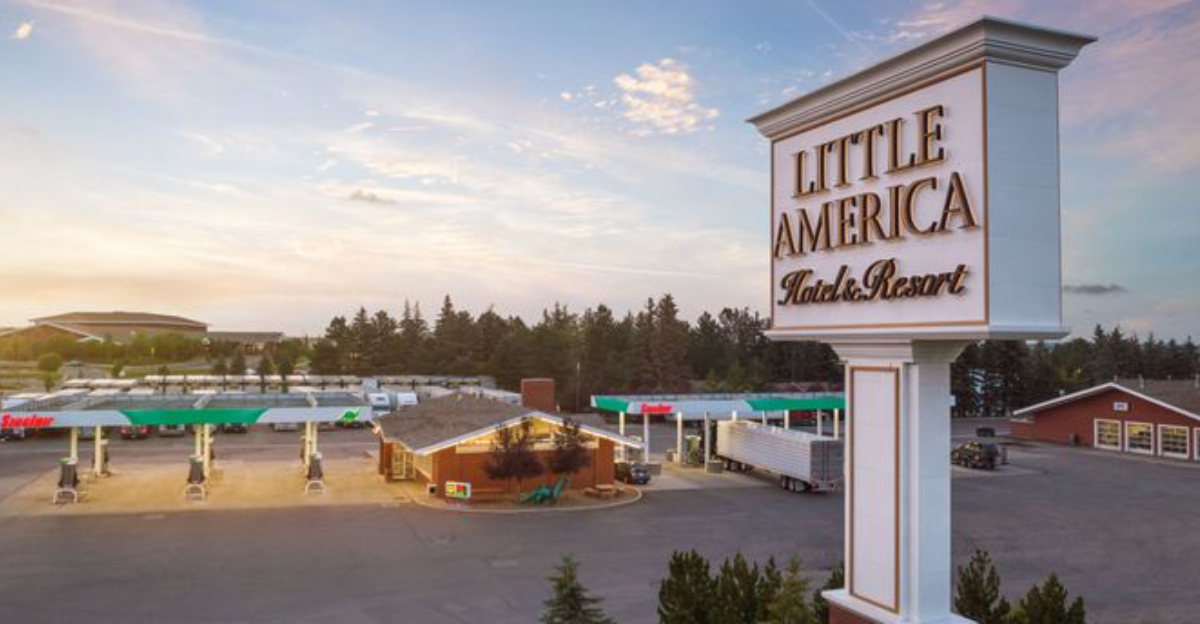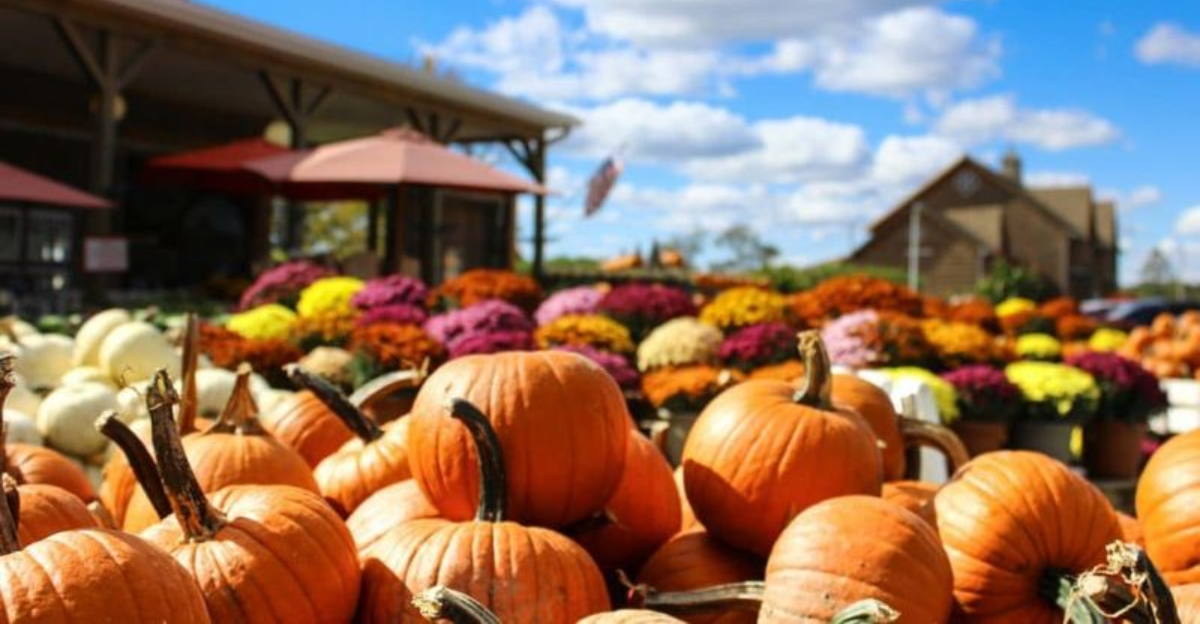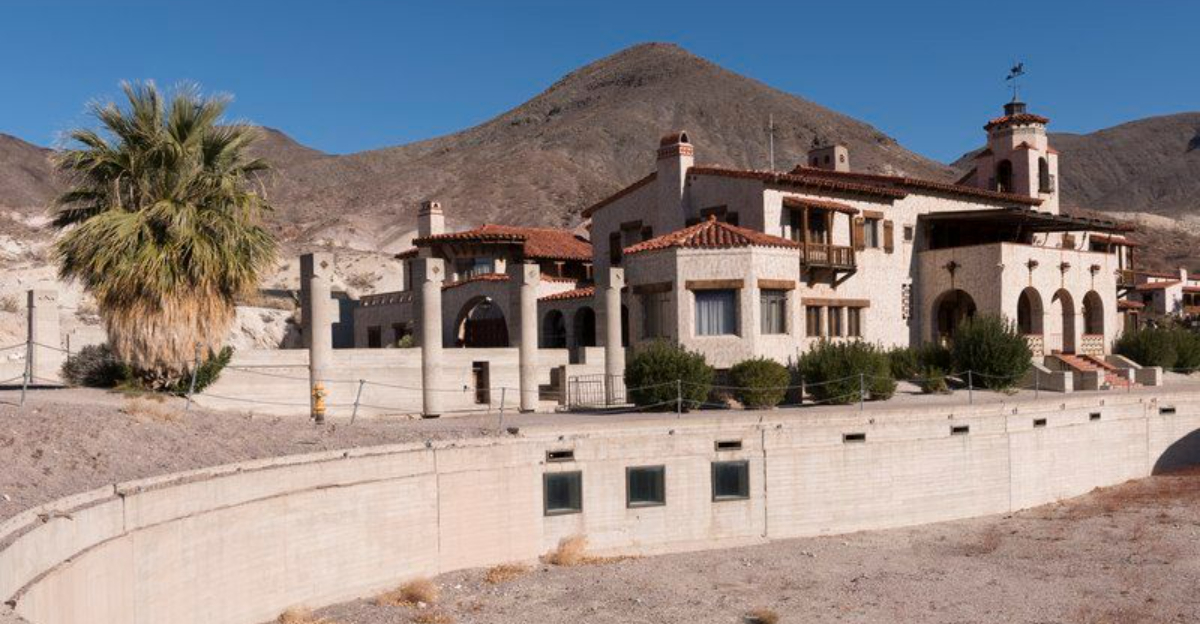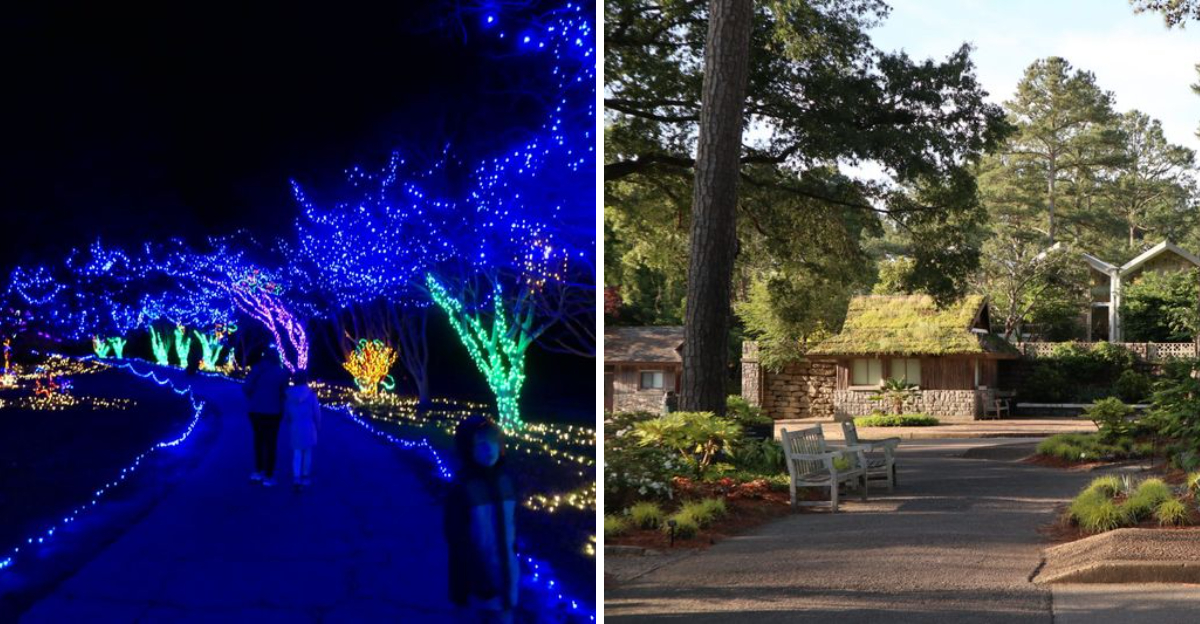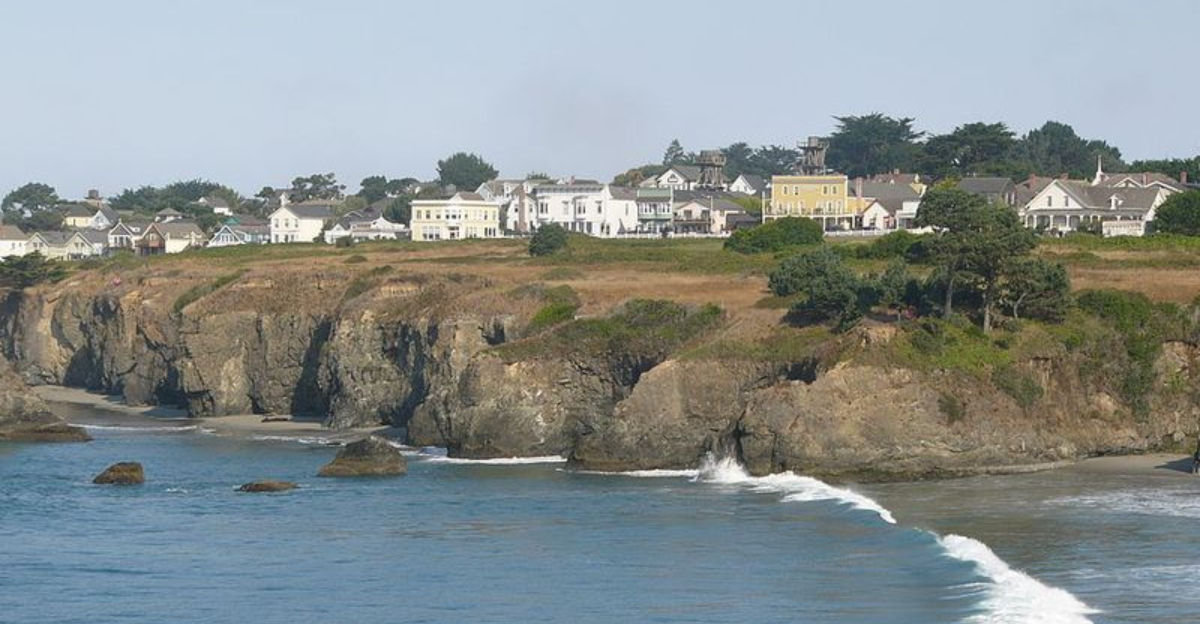17 North Indiana Small Towns That Keep Historic Canal Routes Alive
Indiana’s historic canal systems once served as vital transportation highways, connecting communities and spurring economic growth.
Today, small towns along these waterways preserve this rich heritage through museums, walking trails, and annual festivals.
Step back in time and explore these charming communities where canal history flows as steadily as the waters that once carried boats loaded with goods and dreams.
1. Delphi’s Canal Park
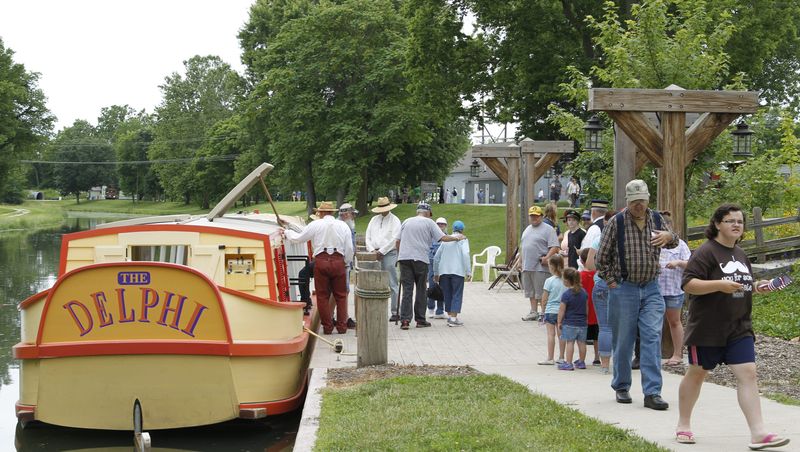
Walking along the towpath at Delphi Canal Park feels like stepping into a living history book. Volunteers dressed in period clothing demonstrate canal-era skills while visitors explore the meticulously restored 1850s-era buildings.
Annual Canal Days celebration brings music, food, and boat rides that recreate the experience of 19th-century travelers. Kids especially love the interactive exhibits that let them try their hand at canal-related chores.
2. Covington’s Wabash River Heritage
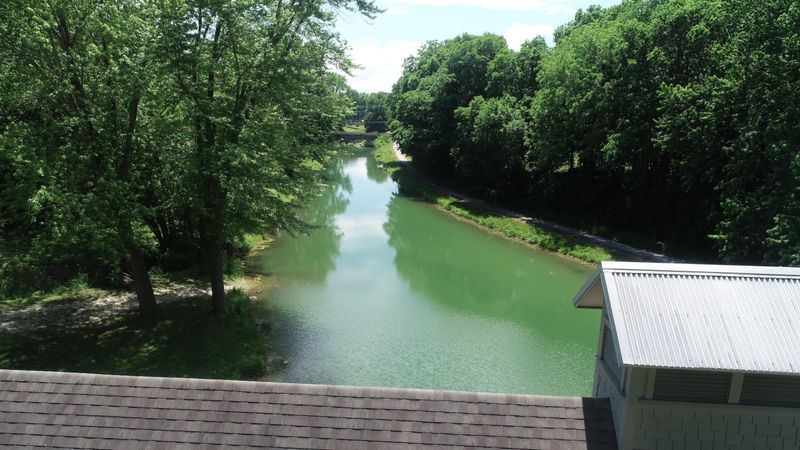
Situated where canal met river, Covington embraces its aquatic legacy with gusto. The local heritage museum houses fascinating artifacts recovered from canal excavations, including tools, personal items, and parts of original canal boats.
Monthly walking tours guided by local historians reveal hidden canal remnants throughout town. Spring brings the Canal Heritage Festival, where residents gather to celebrate with boat races and historical reenactments.
3. Logansport’s Canal Conference Center
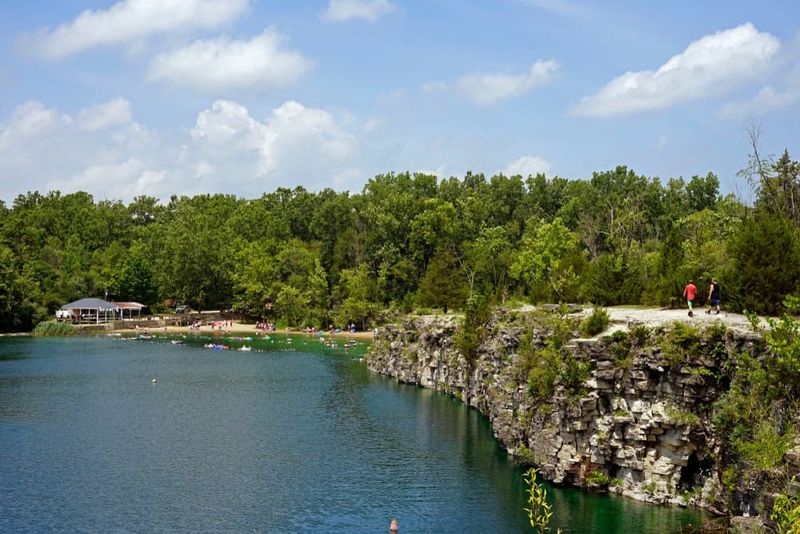
Nestled at the confluence of the Wabash and Eel Rivers, Logansport transformed its canal warehouse into an impressive conference center. Original wooden beams and stonework remain intact, telling stories of bustling commerce from centuries past.
Interpretive signs along riverside walks explain how canal boats navigated the complex lock system. Summer evenings feature lantern-lit tours where actors portray canal workers and merchants from the 1830s.
4. Huntington’s Lock No. 7
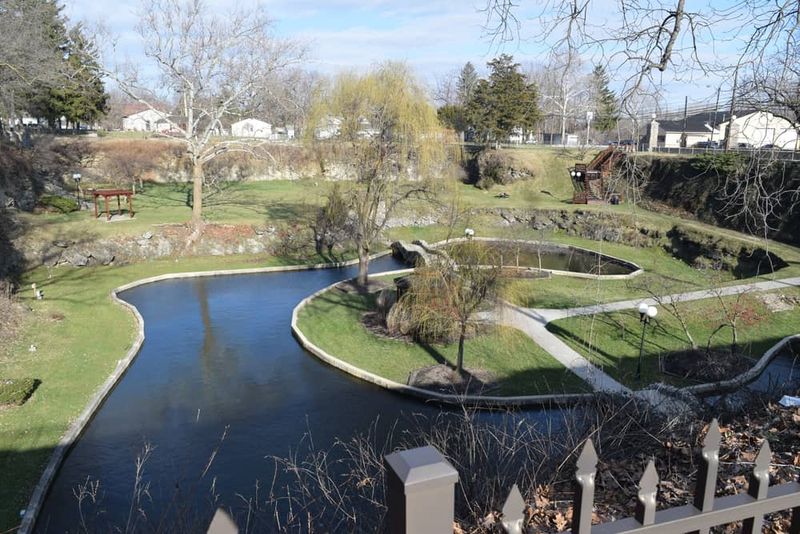
Remarkably preserved Lock No. 7 stands as Huntington’s testament to engineering ingenuity. Massive limestone blocks, cut and placed by hand nearly two centuries ago, remain firmly in place despite years of flooding and harsh weather.
Local schoolchildren participate in annual lock maintenance days, clearing vegetation and learning about waterway conservation. Nearby, the lock keeper’s house museum displays tools and personal effects of the families who once managed this crucial canal section.
5. Rochester’s Mill Race Park
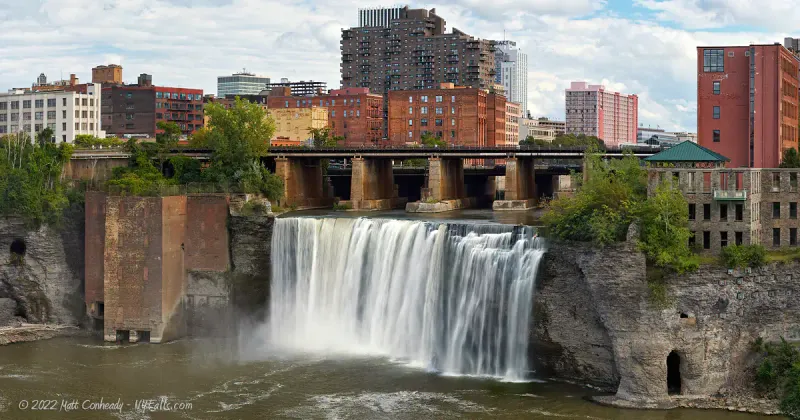
Gently flowing water still runs through Rochester’s Mill Race Park, powering a functioning waterwheel that demonstrates how canal water generated energy for local industry. Children splash in the shallow stream during summer months while parents enjoy picnics on grassy banks.
Autumn brings the Mill Race Festival, celebrating harvest traditions that once depended on canal transportation. Guided tours explain how the millrace diverted canal water to power grain mills and factories.
6. Fort Wayne’s Canal Landing
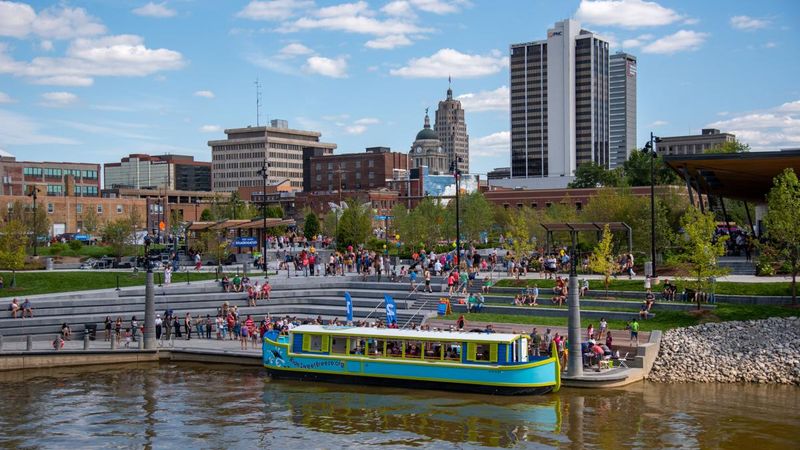
Urban revitalization breathed new life into Fort Wayne’s canal district, where modern restaurants and shops occupy restored canal warehouses. Colorful murals depicting canal scenes adorn building exteriors, creating an outdoor gallery of historical art.
Kayakers paddle along the recreated canal section that mirrors the original route. Evening concerts at Canal Landing draw crowds who enjoy music while seated along stone walls that once supported towering canal boats loaded with Midwest produce.
7. Wabash’s Paradise Spring Historical Park
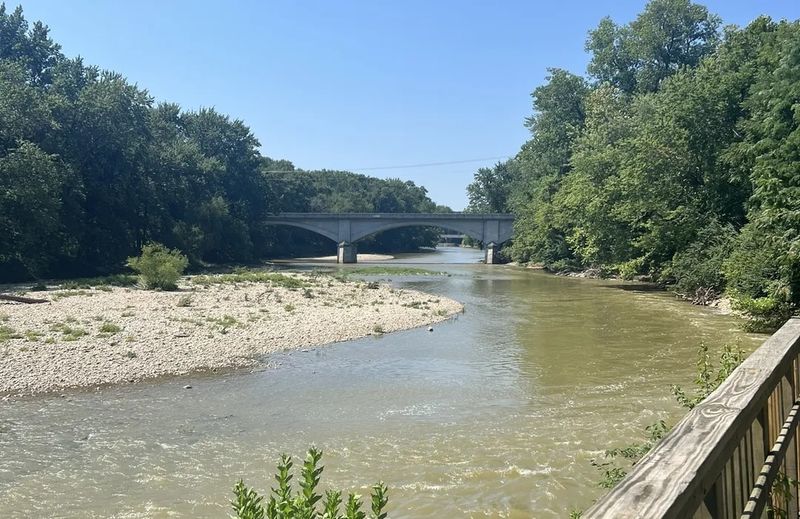
Revolutionary stories flow through Paradise Spring Historical Park, where the 1826 treaty opening northern Indiana to canal construction was signed. Bubbling natural springs that once supplied canal boats with fresh water continue to feed the peaceful pond.
Monthly archaeology workshops invite visitors to sift through soil from canal bed excavations. Lucky participants occasionally find buttons, coins, and pottery fragments left behind by canal travelers nearly two centuries ago.
8. Carrollton’s Forgotten Lock
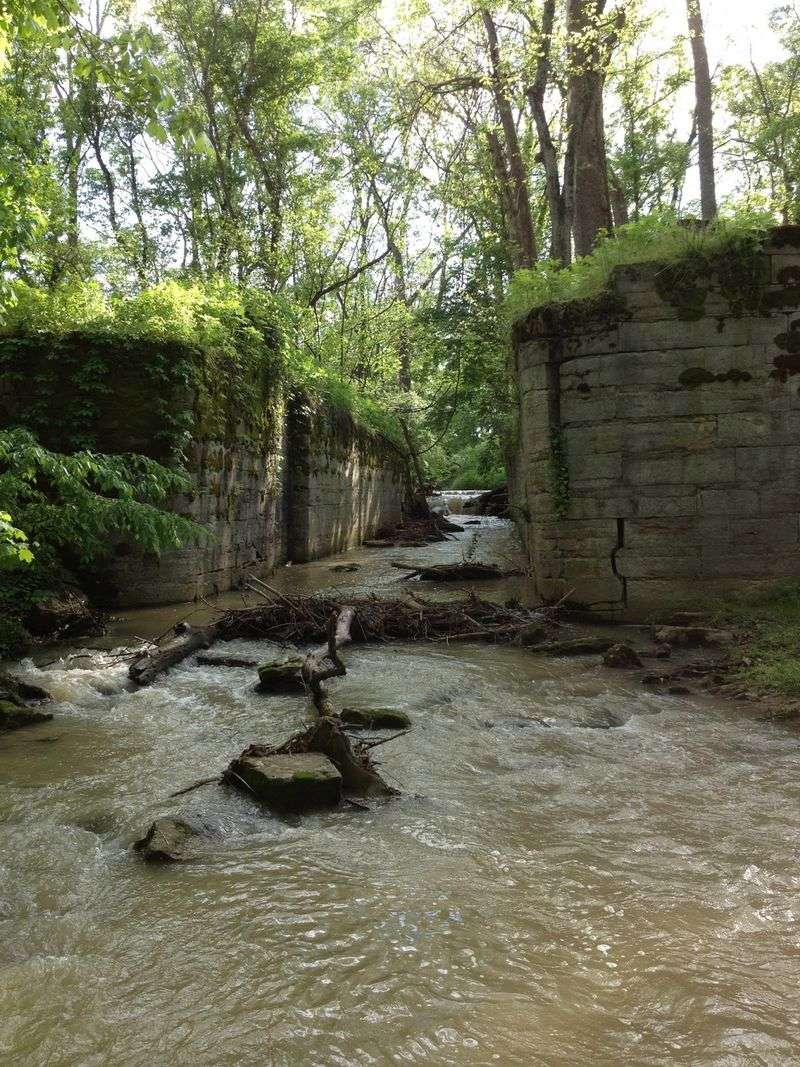
Ghost stories swirl around Carrollton’s abandoned lock, where locals claim to hear phantom mule bells on foggy evenings. Crumbling limestone walls peek through dense vegetation, creating an atmospheric reminder of the town that flourished briefly during canal heyday.
Adventure seekers follow the overgrown towpath trail to discover rusted equipment and foundation stones. Annual Halloween lantern walks feature storytellers recounting tales of canal disasters and mysterious disappearances along this remote stretch.
9. Lafayette’s Canal District Walking Tour
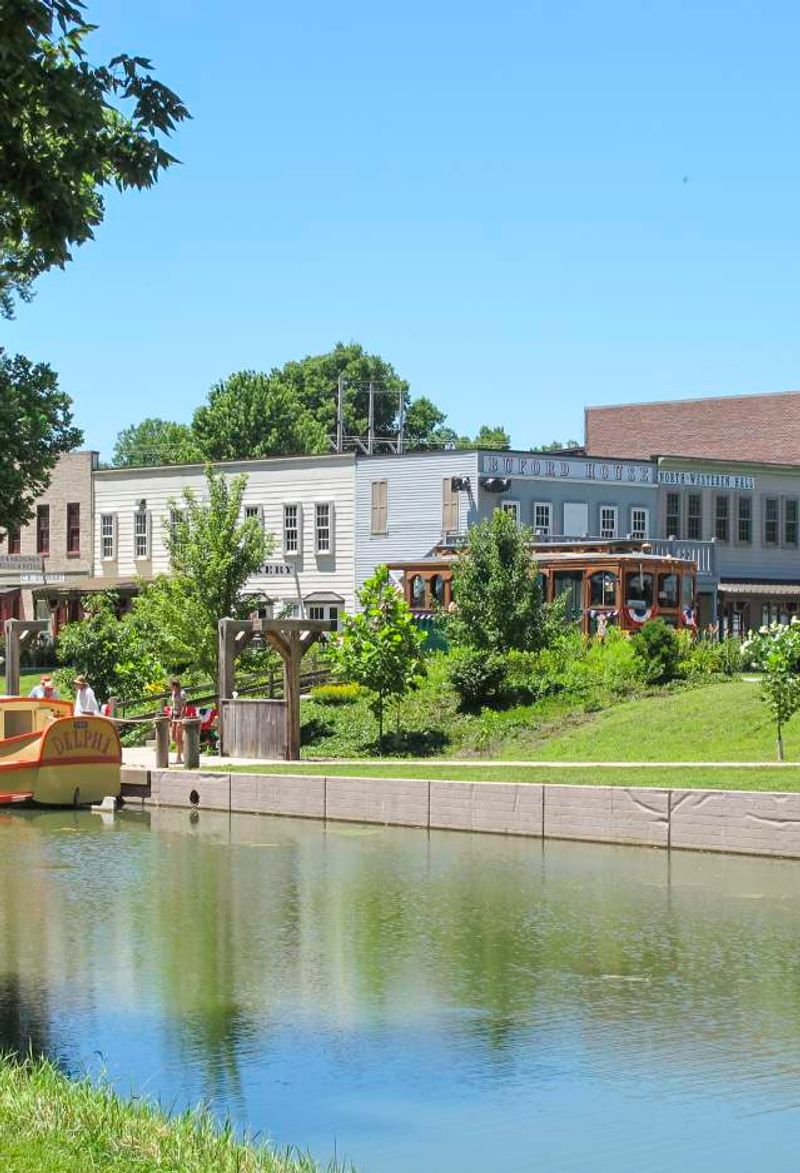
Architectural treasures line Lafayette’s self-guided canal district tour, where QR codes on historic buildings reveal fascinating stories and archival photos. Visitors marvel at the grand homes built by canal company executives and merchants who profited from waterway commerce.
Underground canal tunnels occasionally open for special tours led by local historians. Specialty shops in the district sell canal-themed crafts and reproductions of items that would have been transported via canal boats during the system’s 1840s heyday.
10. Andrews’ Lock Tender House Museum
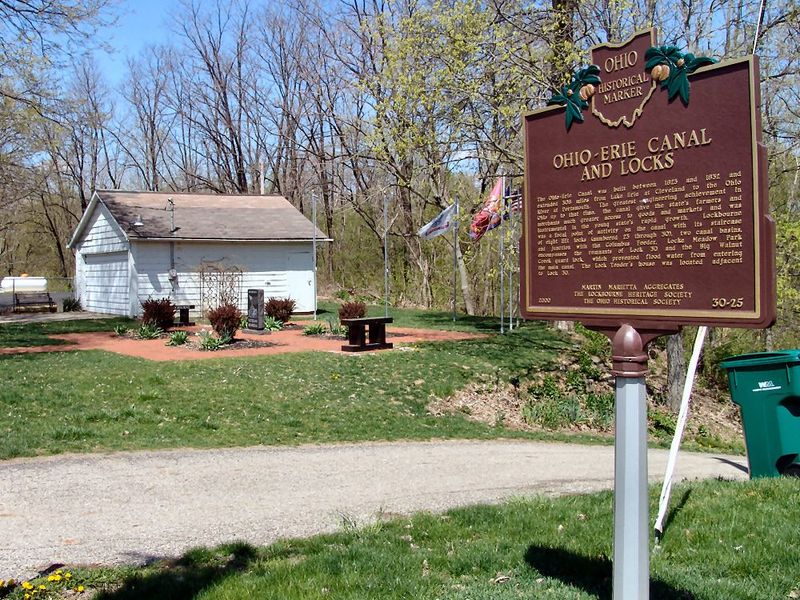
Meticulously furnished with period-accurate items, the Andrews Lock Tender House Museum captures daily life for families who operated canal locks. Visitors can try their hand at lock operation using the working model that demonstrates principles of water displacement.
Volunteer gardeners maintain heritage vegetable plots growing varieties common in canal-era gardens. Summer weekends feature bread-baking demonstrations in the outdoor brick oven, filling the air with aromas that would have greeted weary canal travelers.
11. Americus’ Canal Boat Workshop
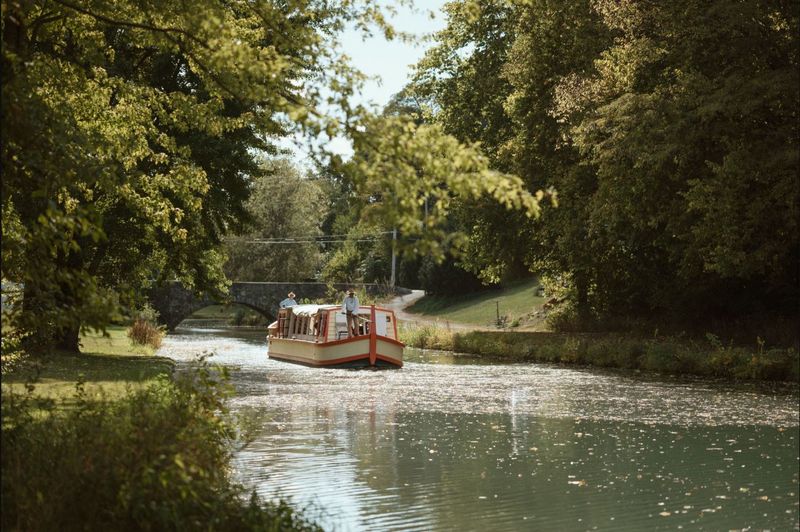
Craftsmanship comes alive at Americus’ boat workshop, where skilled volunteers construct authentic canal boat replicas using traditional methods. Visitors watch as wooden planks are steam-bent and fitted together with handmade iron nails.
Junior apprentice programs teach teenagers woodworking skills during summer months. Completed boats launch during the annual Canal Heritage Weekend, carrying passengers along a restored quarter-mile stretch of the original waterway.
12. Evansville’s Canal Marketplace
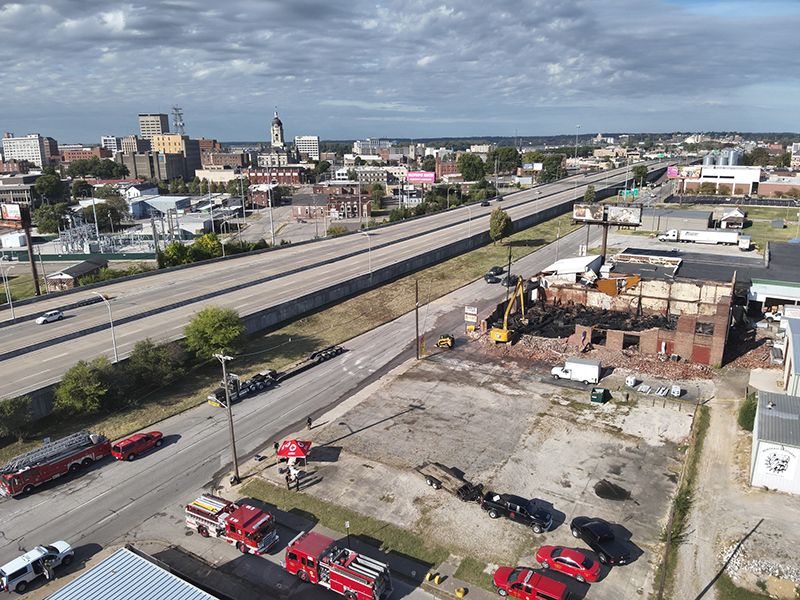
Commerce flourishes again in Evansville’s Canal Marketplace, housed in a massive restored warehouse where canal boats once unloaded cargo. Local artisans sell handcrafted goods from stalls designed to resemble canal boat cabins.
Monthly Canal Culture nights feature live music played on instruments that would have entertained travelers in canal-side taverns. Food vendors offer dishes inspired by recipes from canal-era cookbooks, including hearty stews and cornbread that sustained hard-working boat crews.
13. Attica’s River Heritage Museum
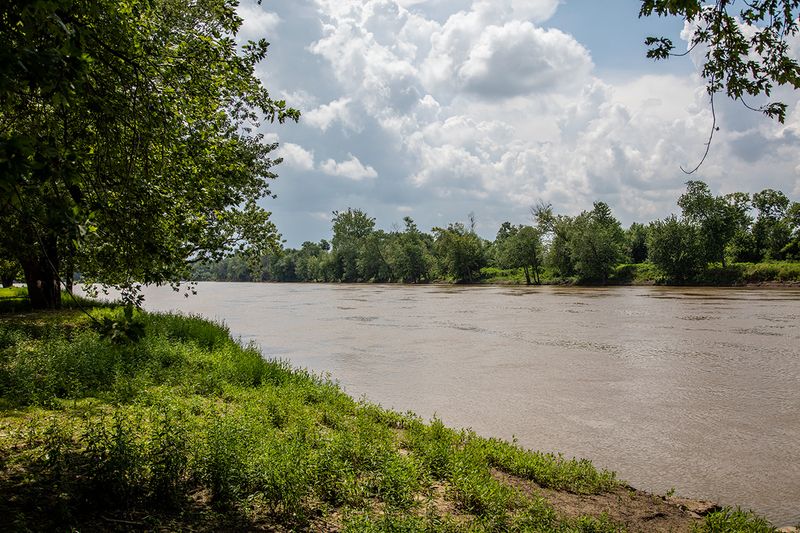
Housed in a former grain elevator, Attica’s River Heritage Museum showcases the town’s dual canal and river history. Interactive exhibits let visitors experience the physical labor required to load canal boats with agricultural products bound for distant markets.
Scale models demonstrate how canal and river systems connected, creating an early transportation network. Outside, archaeological digs occasionally uncover artifacts from the bustling port area where goods transferred between river barges and canal boats.
14. Terre Haute’s Canal Park Amphitheater
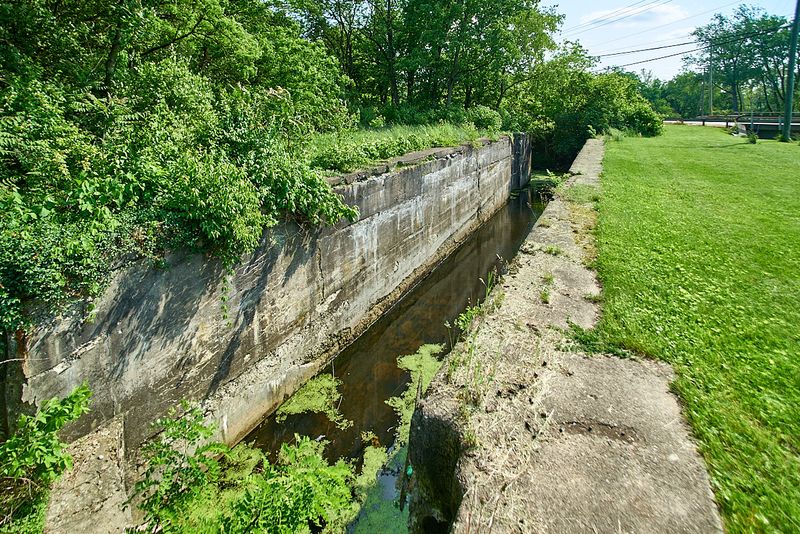
Musical notes float across Terre Haute’s Canal Park Amphitheater, built into the slope of an original canal basin. Summer concert series feature folk musicians performing songs once sung by canal workers as they guided mule teams along towpaths.
Children splash in the shallow reflecting pool that marks the basin’s footprint. Historical markers throughout the park explain how this transportation hub connected to river systems, creating vital commercial links for early settlers.
15. Peru’s Circus City Canal Days
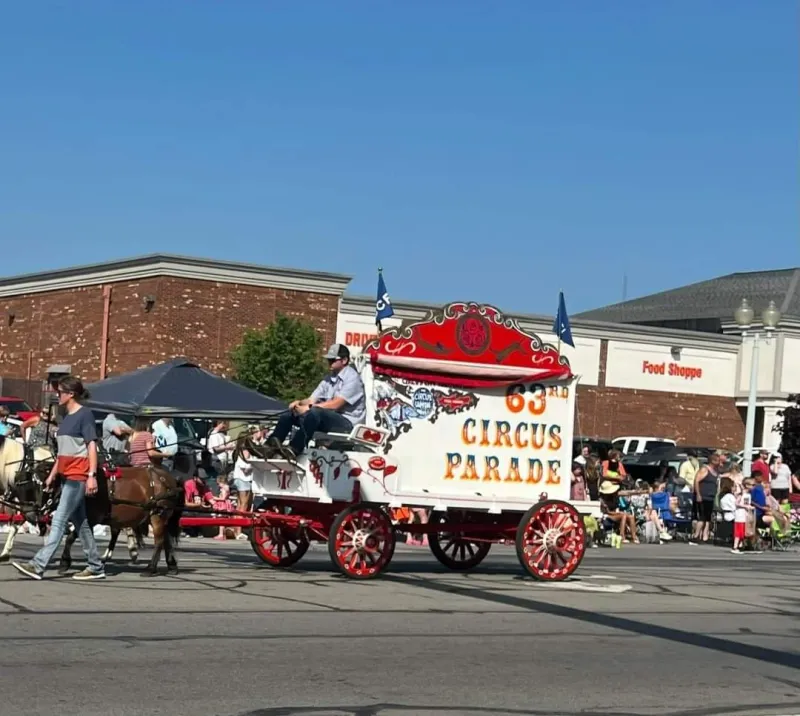
Blending circus and canal heritage, Peru celebrates its unique history with Canal Days Festival each July. Circus performers parade along the former canal route, while historical reenactors demonstrate lock operations and mule-team handling.
Local breweries create special Canal Porter beer using a recipe found in a canal tavern ledger from 1845. Family activities include miniature canal boat races where children design and float their own tiny craft through a scale-model lock system.
16. Lagro’s Towpath Trail
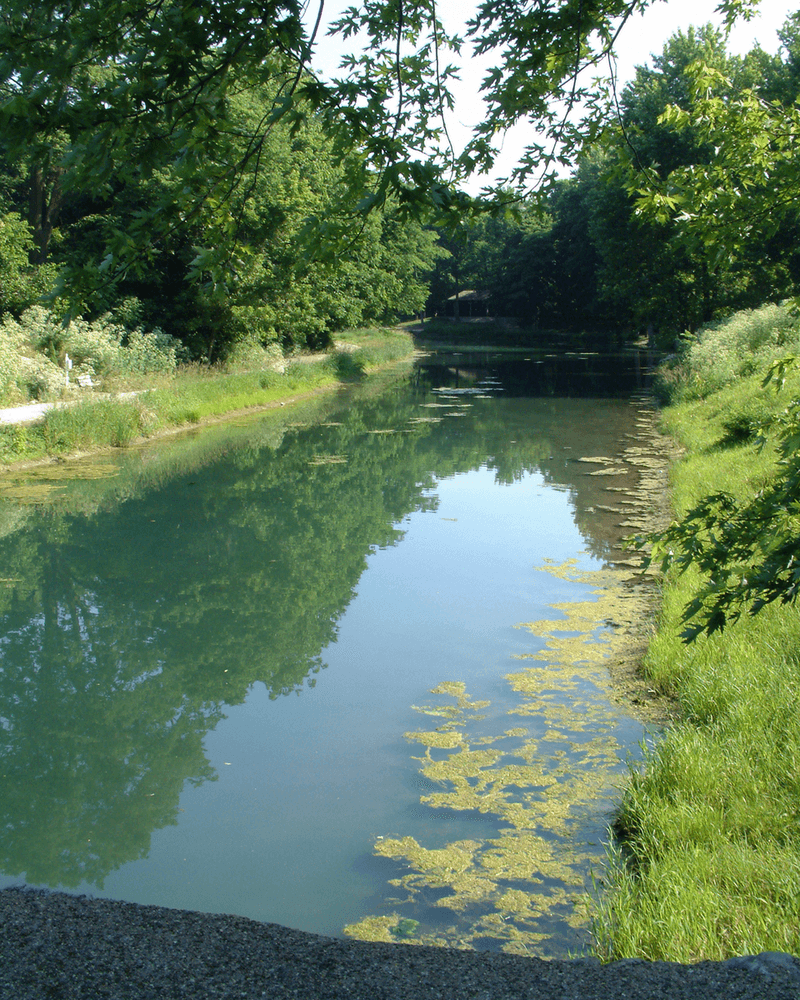
Meandering alongside original canal sections, Lagro’s Towpath Trail offers hikers and cyclists a journey through living history. Ancient sycamores that once shaded mule teams still stand sentinel along the path, their massive trunks bearing witness to centuries of change.
Birdwatchers flock to the trail year-round to spot species that thrive in the unique ecosystem created by abandoned canal sections. Seasonal guided walks focus on how the canal shaped both human communities and natural environments.
17. Lockport’s Annual Canal Race
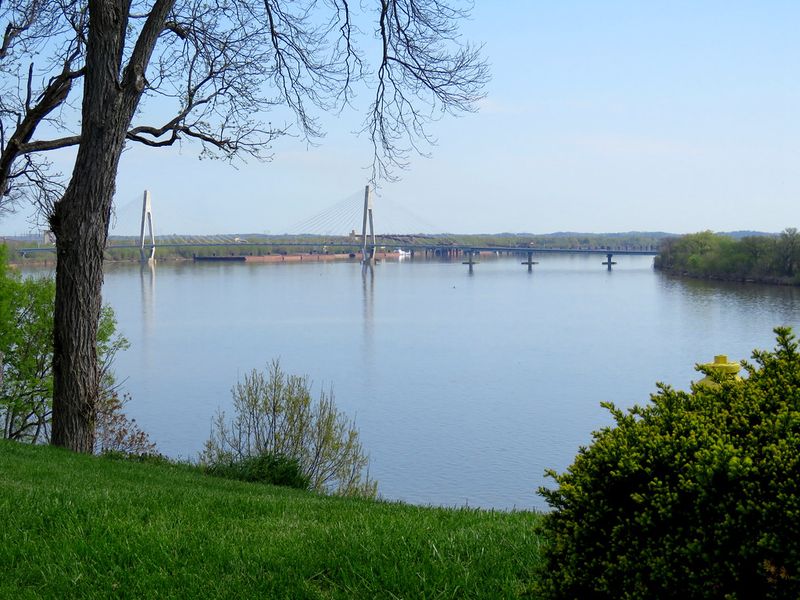
Athletic competition meets historical appreciation during Lockport’s Annual Canal Race. Runners follow the exact route once traveled by mules pulling loaded canal boats, passing through preserved lock structures and alongside restored canal sections.
Participants receive medals cast from metal salvaged during canal dredging operations. Post-race festivities include demonstrations of canal-era cooking, blacksmithing, and rope making, giving athletes and spectators alike a taste of 19th-century canal life.

